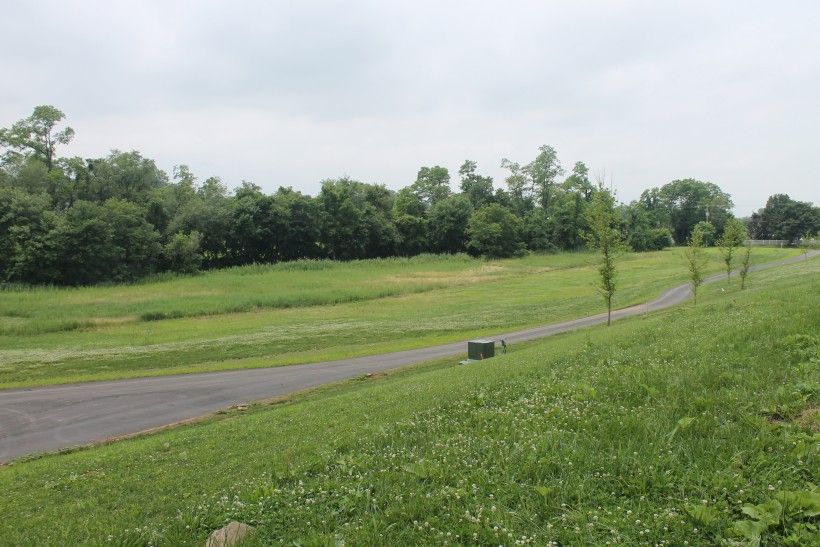Is this a lesson in history or economics? Actually, both.
Members of the Kennett Township Planning Commission, Jim Guthrie and Wendy Cooper, had a vision of renewal for a historical farmhouse and barn ruin, and their enthusiasm was contagious. Neglected for years, the Lewis Pierce farmstead (ca. 1842) in Kennett Square, Chester County had fallen into disrepair. Historically important, the farmstead was not only built on land originally owned by William Penn, it was also believed to have been part of the Underground Railroad. Even so, it was at imminent risk of demolition when a residential development was slated for the property.
Moved by the fervor of members Guthrie and Cooper, the Planning Commission called on our Conservation Design services to help save the farmstead. Our municipal assistance staff provided developer John Lynch with the planning, design and support necessary to bring new life to the property’s historical resources, adding to rather than sacrificing his vision of a community of 37 upscale homes.


Lynch became captivated by uncovering the farmhouse’s historical integrity and restoring it. He removed modern and dilapidated additions, exposed original stone walls, and repaired rather than replaced the antique windows. Cooper contacted the conservation department at Winterthur Museum for paint spectra analysis to identify the original paint colors used when the house was built. Today, the early 19th-century farmhouse has been completely restored for 21st-century residents with the original molding, hardwood floors and plaster walls — newly painted with original paint colors — intact. In addition to restoring the house, Lynch stabilized the stone barn ruin.
A win-win-win
Preserving historical resources for ongoing use is what makes these kinds of conservation projects economically viable. We recommended placing the farmhouse and its adjacent barn ruin each on their own lots to enhance their value, and clustering the 37 upscale new homes on relatively compact lots. The surrounding open space was placed on a lot that, while permanently protected, could be acquired by future owner(s) of either the house or barn. The Township agreed to permit a variety of re-use opportunities to promote eventual rehabilitation of the barn, and the developer agreed to impose restrictive covenants to ensure preservation of the original structures.
Today, the early 19th-century farmhouse has been completely restored for 21st-century residents with the original molding, hardwood floors and plaster walls — newly painted with original paint colors — intact.

The project represents a “win-win-win” scenario for the developer, the township, and the Brandywine Conservancy. The developer was able to create a valuable new neighborhood and nurture his personal desire to explore effective means to renew historical structures. Development in the township took place where it was planned, and important remnants of local history and open space were preserved. The Conservancy was able to create a successful conservation design to demonstrate that principles of community and natural resource protection apply to smaller acreage as well as large-scale rural landscapes. We will continue to look for opportunities to promote development solutions that preserve the historical and natural resources in their midst.